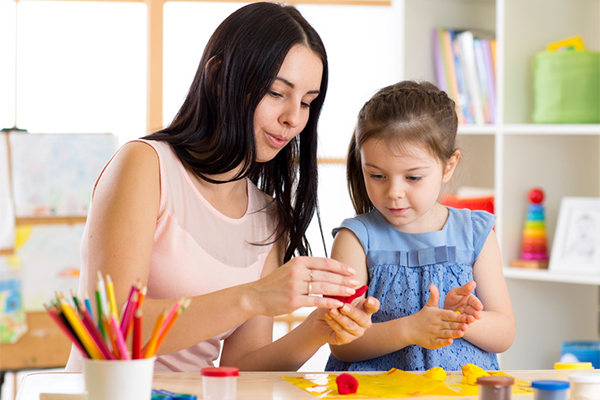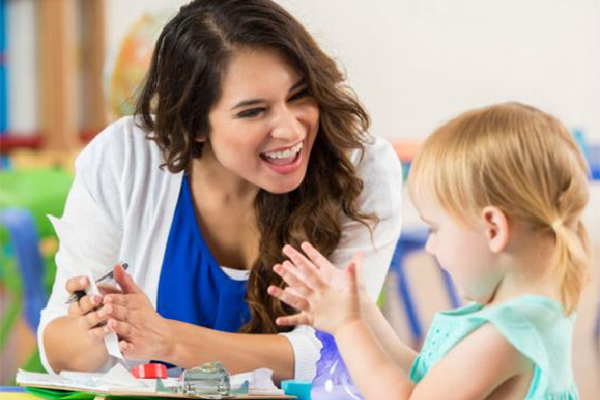Sensory Suggestions for the Fall Season
BY KCC OCCUPATIONAL THERAPY STAFF
By the time October rolls around, kids have about a month of school under their belts and are starting to feel the effects. Many students have trouble with the increased workload and longer periods of sitting in school, especially after a relaxing summer.
Sensory input can help to organize and regulate children for continued success in school and at home. And fortunately, beautiful fall weather and seasonal activities provide a variety of sensory fun.
- Raking leaves provides proprioceptive input to children’s muscles and joints, which increases body awareness and strength. Running and jumping into the pile provides both vestibular (movement) and proprioceptive (body awareness) input.
- Hide familiar objects in a pile of leaves and have your child try to find them (tactile input). To make it more difficult, have them try to find objects with their eyes closed and guess what they’re feeling.
- Facilitate a tripod grasp for better handwriting by having your child make a rubbing of a leaf using small or broken crayons. Go on a nature hunt, asking your child to pick up items with tweezers or tongs to increase grip strength and precision. This activity also works on visual perceptual skills and discrimination.
- To promote body awareness, have your child make a leaf person by gluing different-shaped leaves on a piece of paper and drawing on arms, legs, and other parts.
- Provide oral-motor input by giving your child a straw and challenging them to a leaf-blowing race.
- Have your children race while carrying a pumpkin to help with motor planning and agility as well as providing vestibular and proprioceptive input.
- Try bowling with pumpkins! This also provides some object manipulation skills from rolling it toward a target.
- Carving a pumpkin (with assistance) facilitates fine motor skills as well as provides a great wet tactile activity. Have your child scoop out the inside and play in the mess. Picking out the seeds helps develop a pincer grasp.
- Bike riding is a fun activity while the weather is nice and is a great way to provide your child with movement while working on bilateral coordination and balance.
- Pulling a wagon is an excellent form of proprioceptive input through heavy work. Placing heavy objects in the back of the wagon intensifies the input and helps with strengthening.
- Finger painting provides great tactile input. Have your child make a tree trunk by putting brown finger paint on their palm and forearm and pressing it on the paper then use various fall colors to put “finger print” leaves on the branches. Allow children who are more sensitive to tactile input to use a paintbrush or have a towel ready for them to clean their hands.









